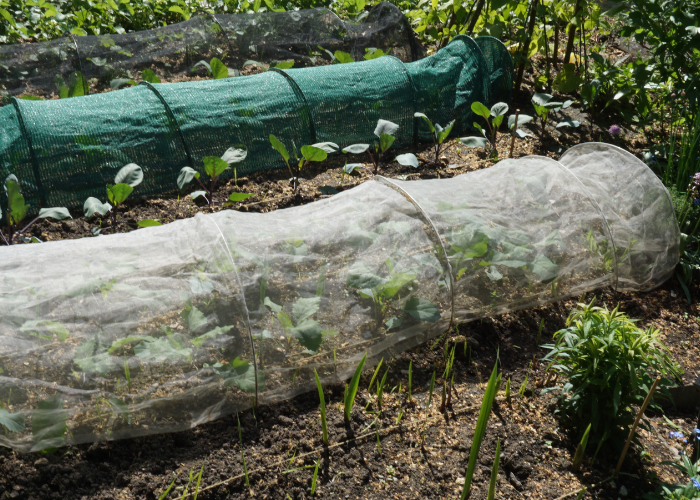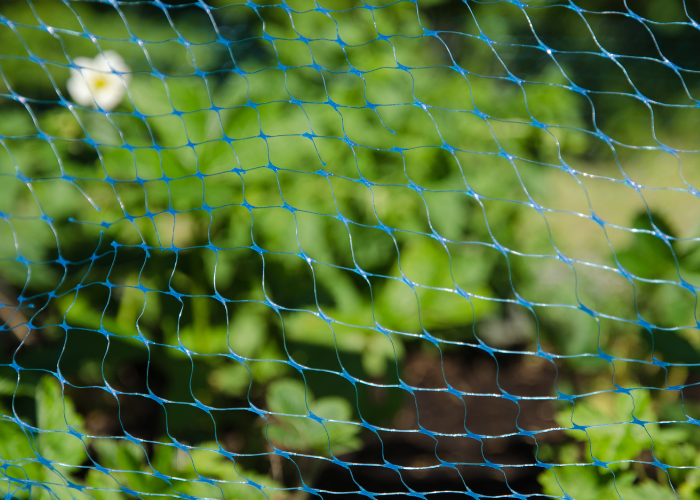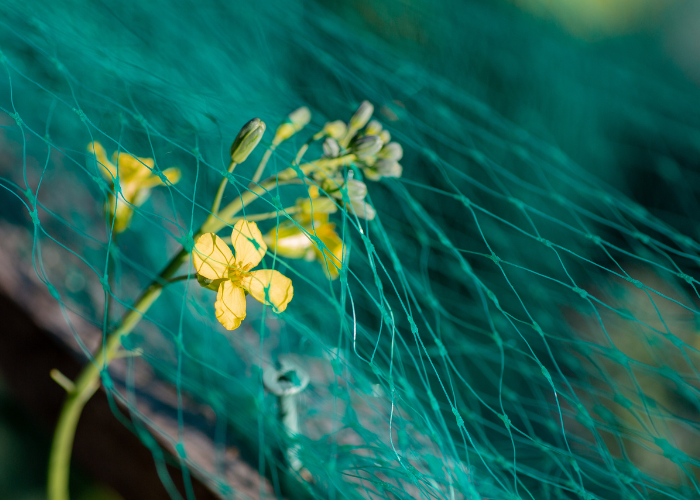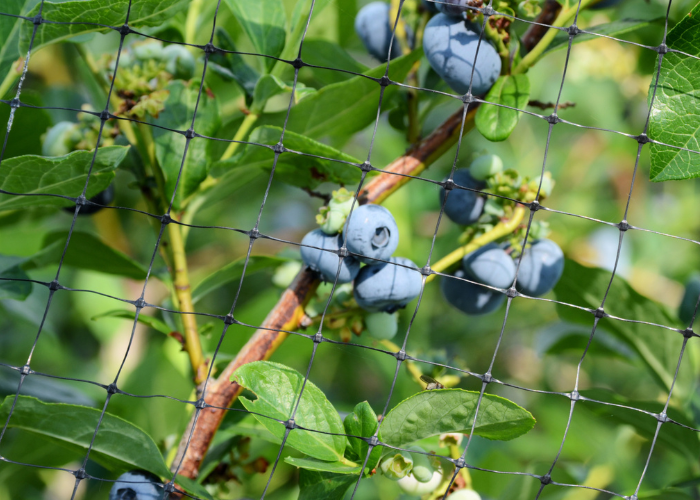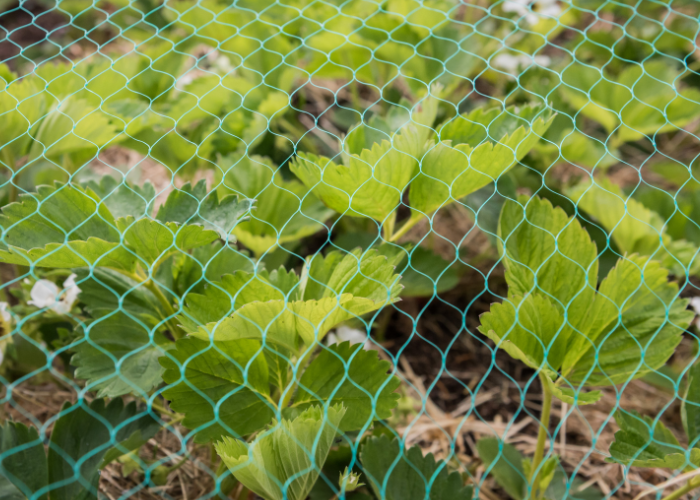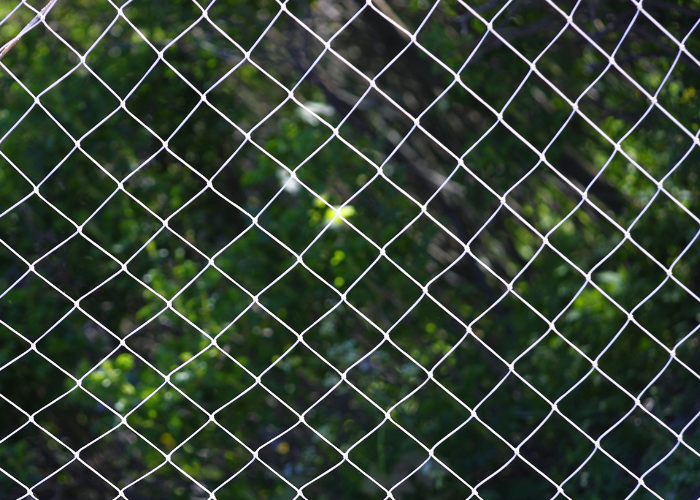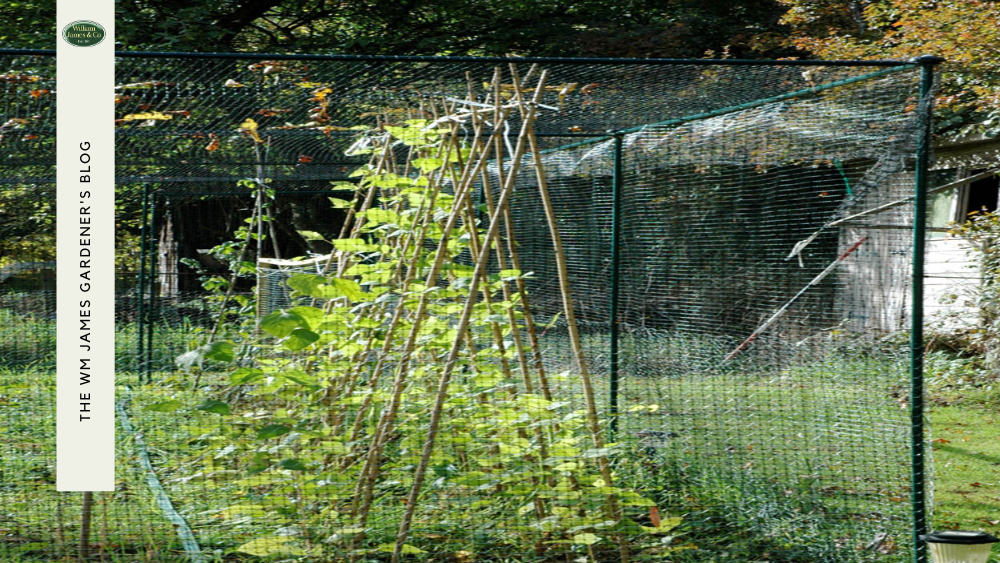We use cookies to make your experience better. To comply with the new e-Privacy directive, we need to ask for your consent to set the cookies. Learn more.
How to Use Fence Netting to Protect Your Plants
- Admin
- WM James Gardening Blog
- 27 Jul 2022
-
23views
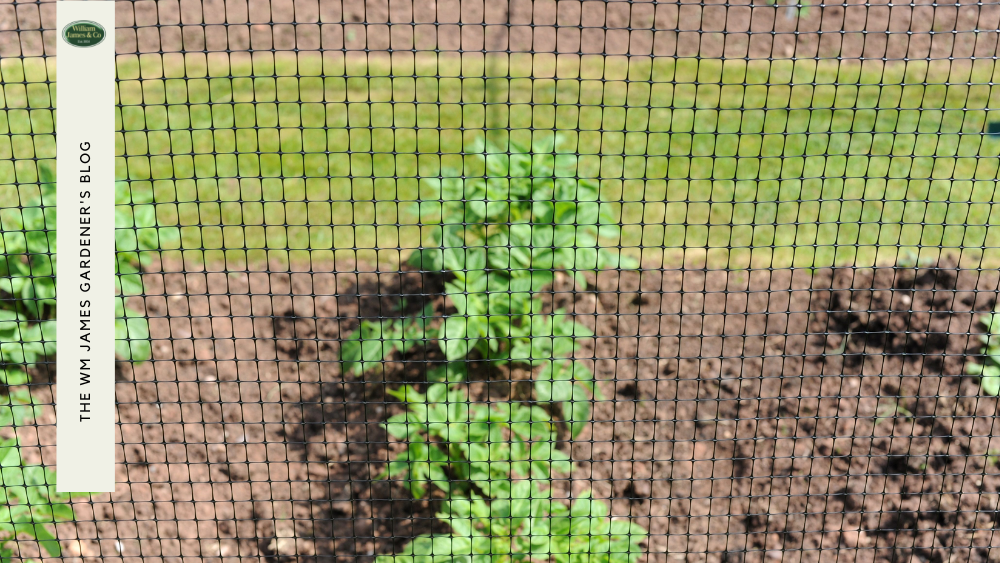
Fence netting is a great way to protect your precious plants from annoying pests and larger intruders. You can use it for whatever you need, whether to protect individual plants or entire gardens, and we'll tell you exactly how.
Here at WM James, we stock a wide selection of garden netting for use on fences, plants, and crops.
Whether you have an ongoing project in your allotment or garden or you simply want to protect your plants for the season, we have fence netting to suit your needs.
If you're looking for a way to keep your plants safe from pests, fence netting is the perfect solution! Add one or more of our options to your basket and enjoy free delivery*!
In This Guide:
The Benefits of Heavy-Duty Fence Netting
How to Use Fence Netting: Step-By-Step Guide
Step 1) Measure Your Protected Area
Step 2) Gather Your Netting & Tools
Step 3) Think About Fence Posts
Extra Garden Fence Netting Tips
The Benefits of Heavy-Duty Fence Netting
Heavy-duty fence netting will be a saving grace for your garden, especially if you take great pride in your crops and spend a lot of time pruning and caring for them.
Why would you want a hungry animal to eat everything you worked so hard for?
Here are the other benefits of a netting fence:
- It keeps pests out of gardens, meaning plants are less likely to be eaten or killed by insects and rodents.
- It protects plants from strong winds and other adverse weather conditions.
- It can be used to create an instant boundary between two gardens or allotments for a clear division and privacy.
- It's easy to install and reposition as needed.
- Available in various colours to blend in with the natural landscape without obstructing views.
- Reduces the need for chemical deterrents to keep pests away.
Types of Fence Netting
For whatever problem you're experiencing, it's likely WM James has a type of fence netting for you. Our nets can be ordered in bespoke sizing, so you can be assured that your requirements will be met.
Here's what we have to offer:
| Netting | What It’s Used For | Key Features |
|---|---|---|
| General-purpose garden netting | Versatile net that can be used to solve many garden problems |
|
| Bird netting | Ultimate solution to safeguarding from birds like sparrows and pigeons |
|
| Fruit cage netting | Ideal for keeping your fruit cage in top condition |
|
| Rabbit and deer netting | Protect your shrubs from deer and rabbits with ease |
|
| Pond netting | Keep debris and predators out of your pond |
|
How to Use Fence Netting: Step-By-Step Guide
Step 1) Measure Your Protected Area
Measure the area you need protecting so you purchase the right amount of netting and support materials.
You should also decide whether to cover a single plant entirely or enclose the area with a cage and netting.
Step 2) Gather Your Netting & Tools
You obviously need your netting, and you should choose the right one for your needs, such as birds, insects, or deer.
You also need your netting fixings, so you can ensure everything is secured and not going to budge.
A few tools will also be needed:
- Measuring tape
- Hammer or mallet
- Scissors or garden knife
- Garden gloves
Shop Our Wide Selection of Garden Tools Today!
Step 3) Think About Fence Posts
If you already have fence posts, you don't need to worry too much about this step, as you already have something for the netting to attach to.
If not, you'll need to install your own fence posts.
To do this, make out your area, then use a hammer or mallet to drive each post firmly into the ground. Make sure they're stable.
Step 4) Attach the Netting
Unroll your netting and lay it flat along the perimeter of your designated area. Make doubly sure the length aligns with your measurements.
Starting at one corner, use your fittings to attach the netting to the first post. Work your way around, pulling the net taut as you go.
For extra security, you could use a staple gun with heavy-duty staples to keep your netting in place.
Use ground fittings at the bottom of the netting to prevent animals from burrowing underneath.
Step 5) Add an Entry Point
If you've covered a whole area, you want to make sure you can still get to your plants, so you'll need to create a walk-in area.
To do this, leave an opening and attach the netting to a removable post. When closed, secure the new opening with fittings.
There you have it! Your brand new fence netting to protect your plants from all means of animals and insects. Watch your crops survive and thrive under their new home.
Extra Garden Fence Netting Tips
Now that you've installed your new garden netting (and it's working well!), you'll want to make sure it continues to work to protect your plants.
Below are a few tips and tricks to keep your netting functioning as it should.
Keep It Tight
It's so important to keep your fence netting tight and secure. If there are any sags or your netting becomes undone, animals will easily go back to munching on your plants.
Mesh Size
It's important to note the mesh size of your netting before purchasing your material. The mesh size refers to the number of holes per square inch in the netting.
The lower the number, the smaller the holes in the netting will be.
When installing fence netting, consider the mesh size, as this will affect the size of pests that can get through the netting and into your plants.
Adjust as Needed
If you've finished installing your fence netting and find some areas that are slightly skew-whiff, you should retighten your fittings.
You may also need to adjust the netting if it becomes loose over time.
Check Regularly
It's good practice to inspect your netting regularly, especially after adverse weather conditions.
You just need to look out for any tears, rips, or damage and repair them quickly to maintain ultimate protection.
Remove Debris
Removing any fallen leaves, branches, or even snow from your fence netting will ensure it doesn't sag in places.
This also helps maintain a clean and aesthetic garden or allotment that you can be proud of.
Final Thoughts: Protecting Your Garden With Fence Netting
If you're struggling with pests, fence netting will be the perfect solution to protect your plants.
So, why not give it a go? You have nothing to lose and perhaps a lot to gain. No more sharing your crops with unwanted intruders!
If you want to consider fence netting for your garden, browse our selection today. And remember, choose your netting based on your most problematic pest!
Shop our stock below. For more advice on protecting your garden from unwelcomed visitors, please feel free to contact us. With more than 60 years in the horticultural industry, we are more than happy to help.
*Free UK delivery is available on orders over £100.
Article last updated: 12/12/2024
FAQs
What Fence Netting Does WM James Offer?
We offer a huge selection of fence netting, including:
How Long Does Fence Netting Last?
Fence netting has a long lifespan of many years as long as it is regularly maintained, and you often remove debris from the top.
How Do I Repair Holes in My Fence Netting?
If your fence netting has developed a tear or hole, you can repair it using a patch. If you think your netting is too far gone, it might be time to upgrade and get a new one.
Can the Sun Damage My Fence Netting?
While the sun can damage some fence netting, ours is UV-protected, which protects it from UV rays and sun degradation.
Where Can I Dispose of the Old Fence Netting?
When your netting is damaged beyond repair, you can dispose of it. This can be done at your local recycling centre. Most fence netting will be recyclable.
Is Mesh the Same as Netting?
No, mesh is not the same as netting, but it is similar. When talking about mesh in relation to netting, it refers to the holes in the netting. The mesh size is how wide or big each hole is, whereas the netting size refers to the overall dimensions of the entire net.

